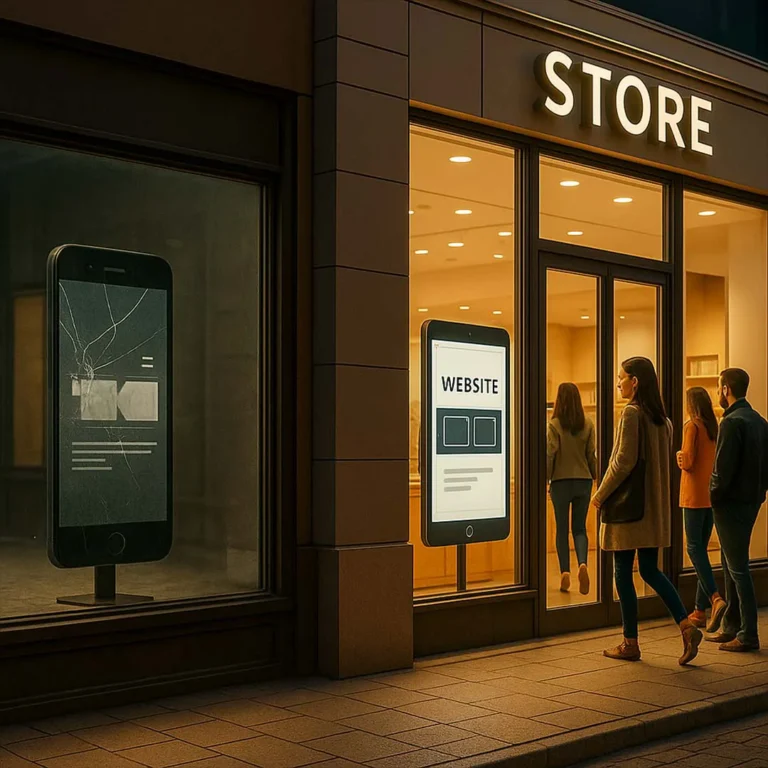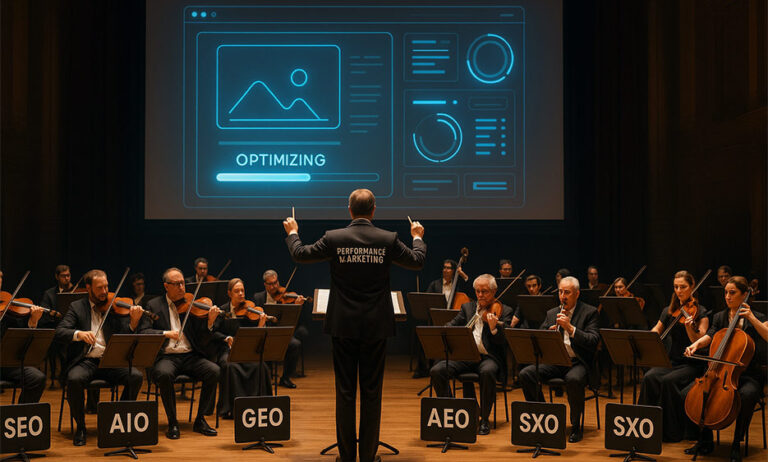Content marketing roadmap: Develop a strategy and implement it successfully
Learn how to develop a clear content marketing roadmap, strengthen your growth, and plan your content efficiently. Get started now with Media Beats as your partner!

Learn how to develop a clear content marketing roadmap, strengthen your growth, and plan your content efficiently. Get started now with Media Beats as your partner!

AI agents will change the world of work in 2025. Find out what they can do, how companies benefit from them, and where their limitations lie.

Modern websites combine design, technology, and marketing to help users find, trust, and convert faster. Prioritizing performance, accessibility, and continuous optimization creates a digital presence that delivers long-term results and competitive advantages.

AI-generated content is commonplace—but compelling blog articles can only be created with clear guidance. A well-thought-out master prompt turns ChatGPT into your precise writing tool for consistent, search engine-optimized texts that captivate readers and are understood by AI search systems.

ChatGPT Atlas changes how you are found online. The new AI browser makes understandable and trustworthy content crucial for SEO and SEA.

Google's AI responses are fundamentally changing SEO. AI Overviews display information directly in search results. Learn how to adapt your strategy and why trustworthy content now matters.

The world of SEO is undergoing radical change. Learn how SEO, AIO, GEO, AEO, and SXO work together and secure your competitive edge...

Learn how to use guest posts and link exchanges in 2025 in a compliant and strategic way to maximize visibility and reach...

Modern optimization strategies such as SEO, AIO, GEO, AEO, and SXO do not exist in isolation, but work together to form a holistic system...

Die digitale Raum entwickelt sich in einem schnellen Tempo, wodurch sich auch das Nutzungsverhalten bei Online-Suchen stark wandelt. Insbesondere ChatGPT und weitere KI-basierte Chatbots gewinnen dabei zunehmend an Relevanz…